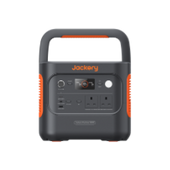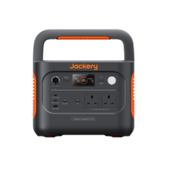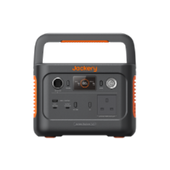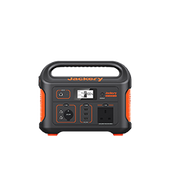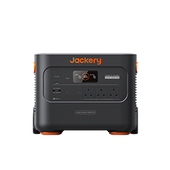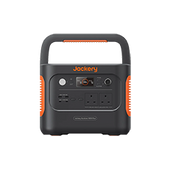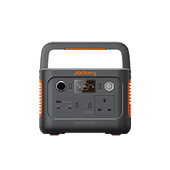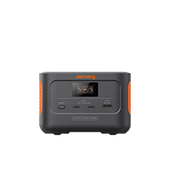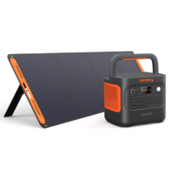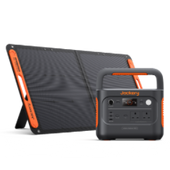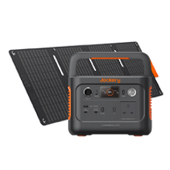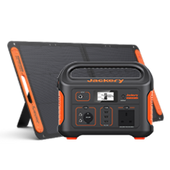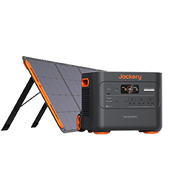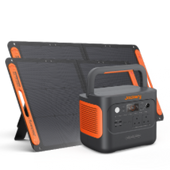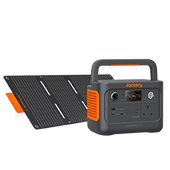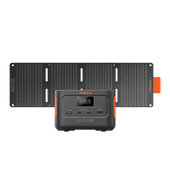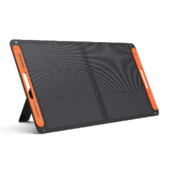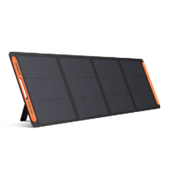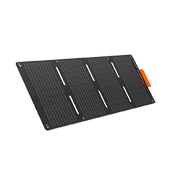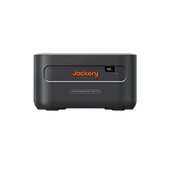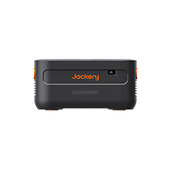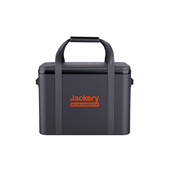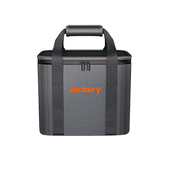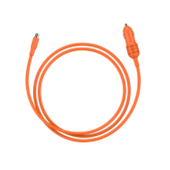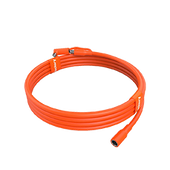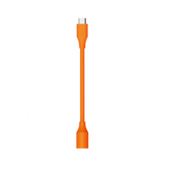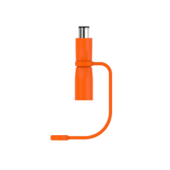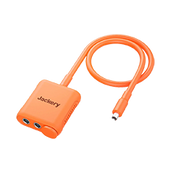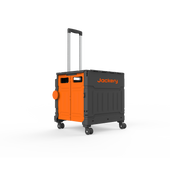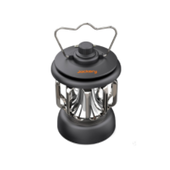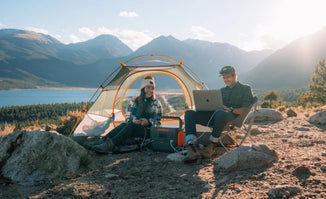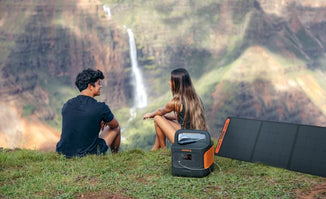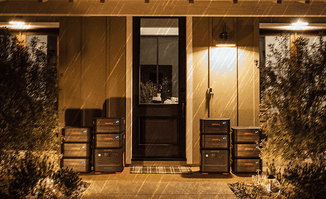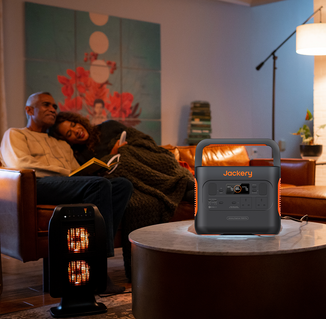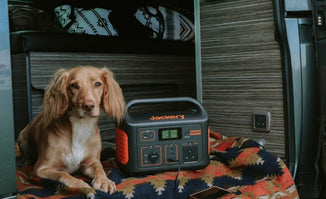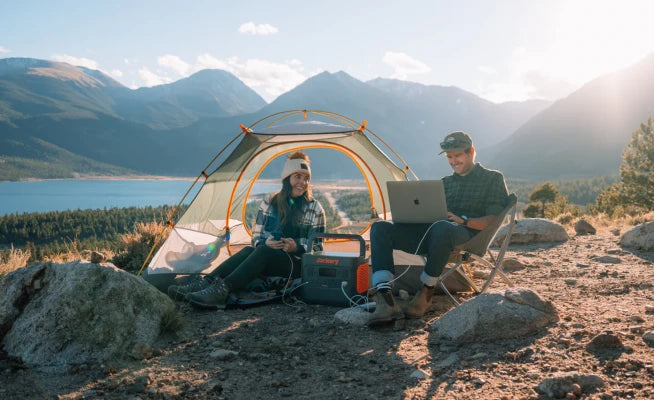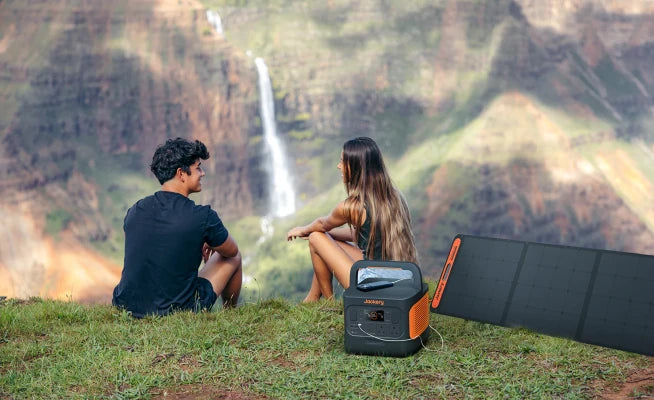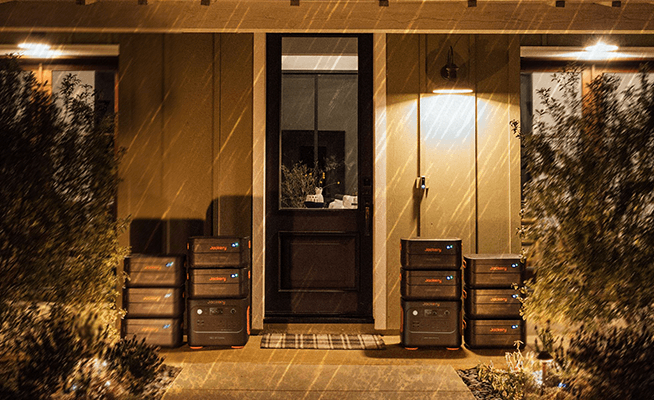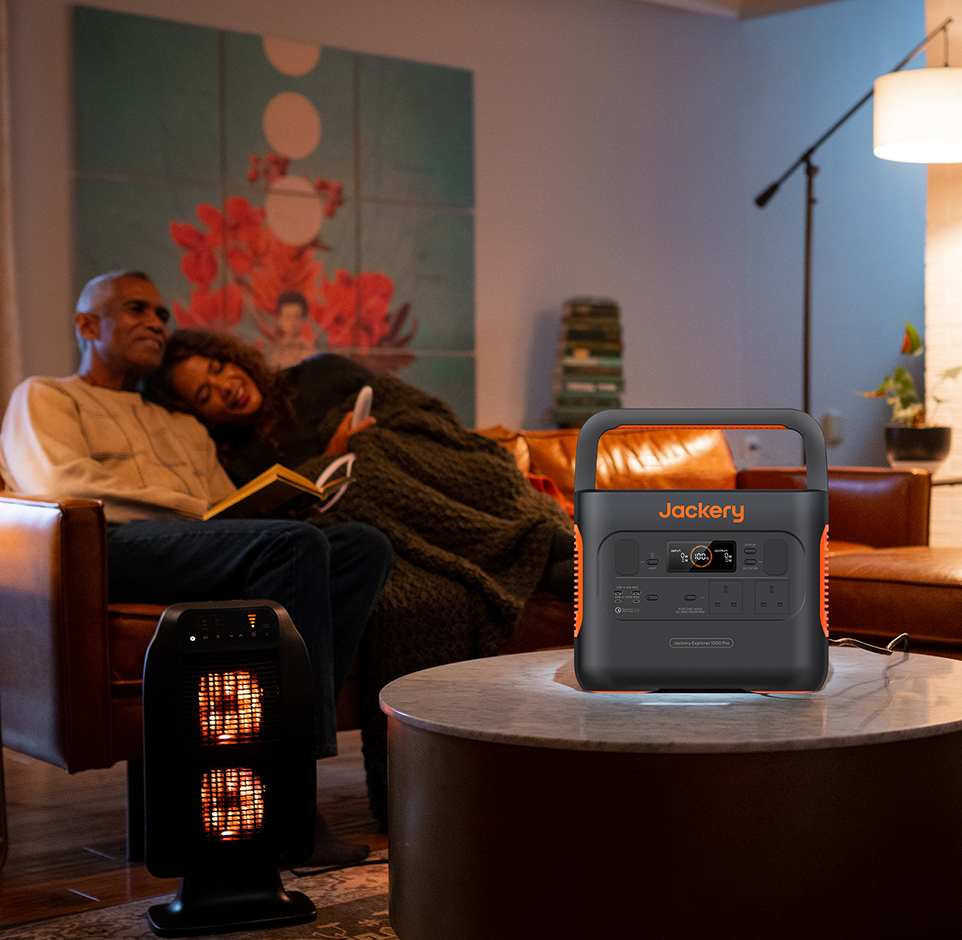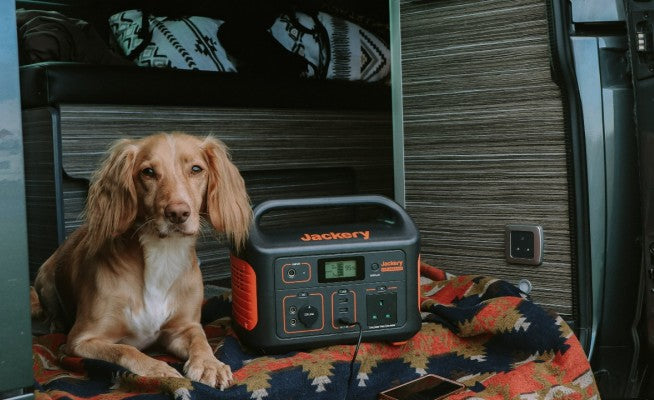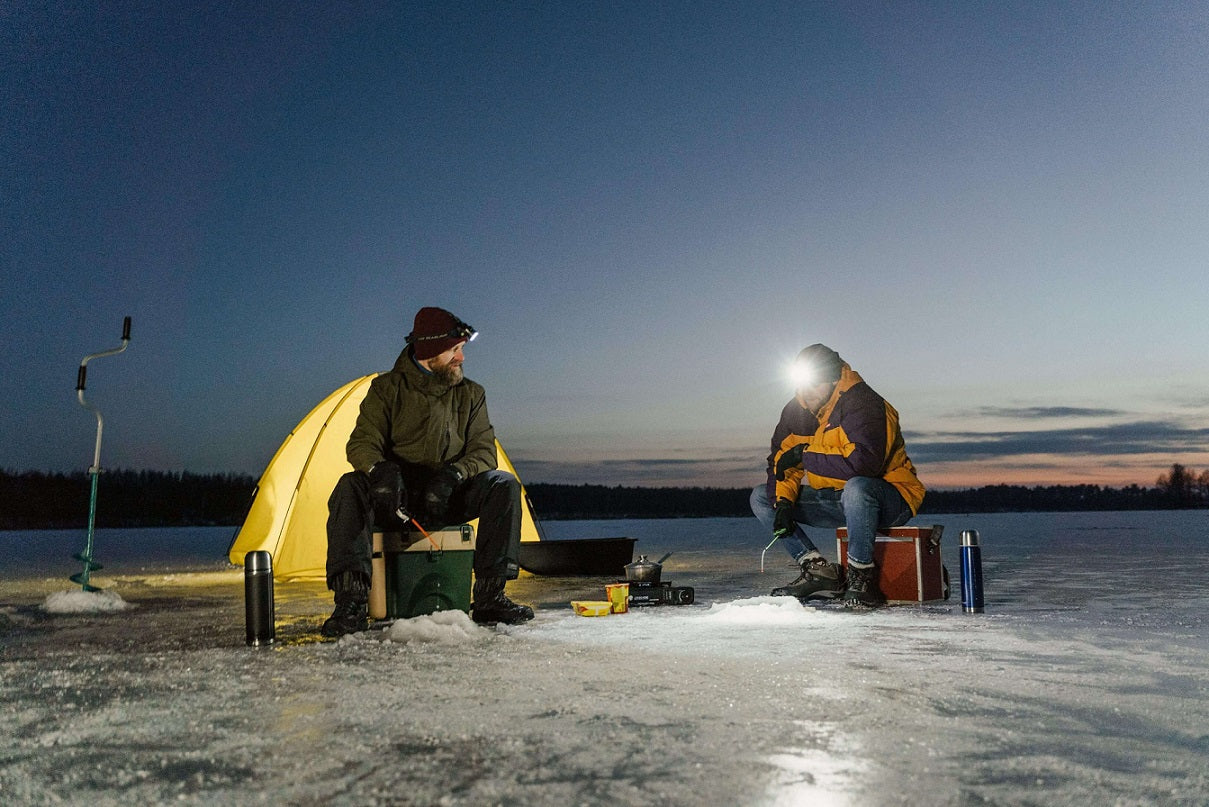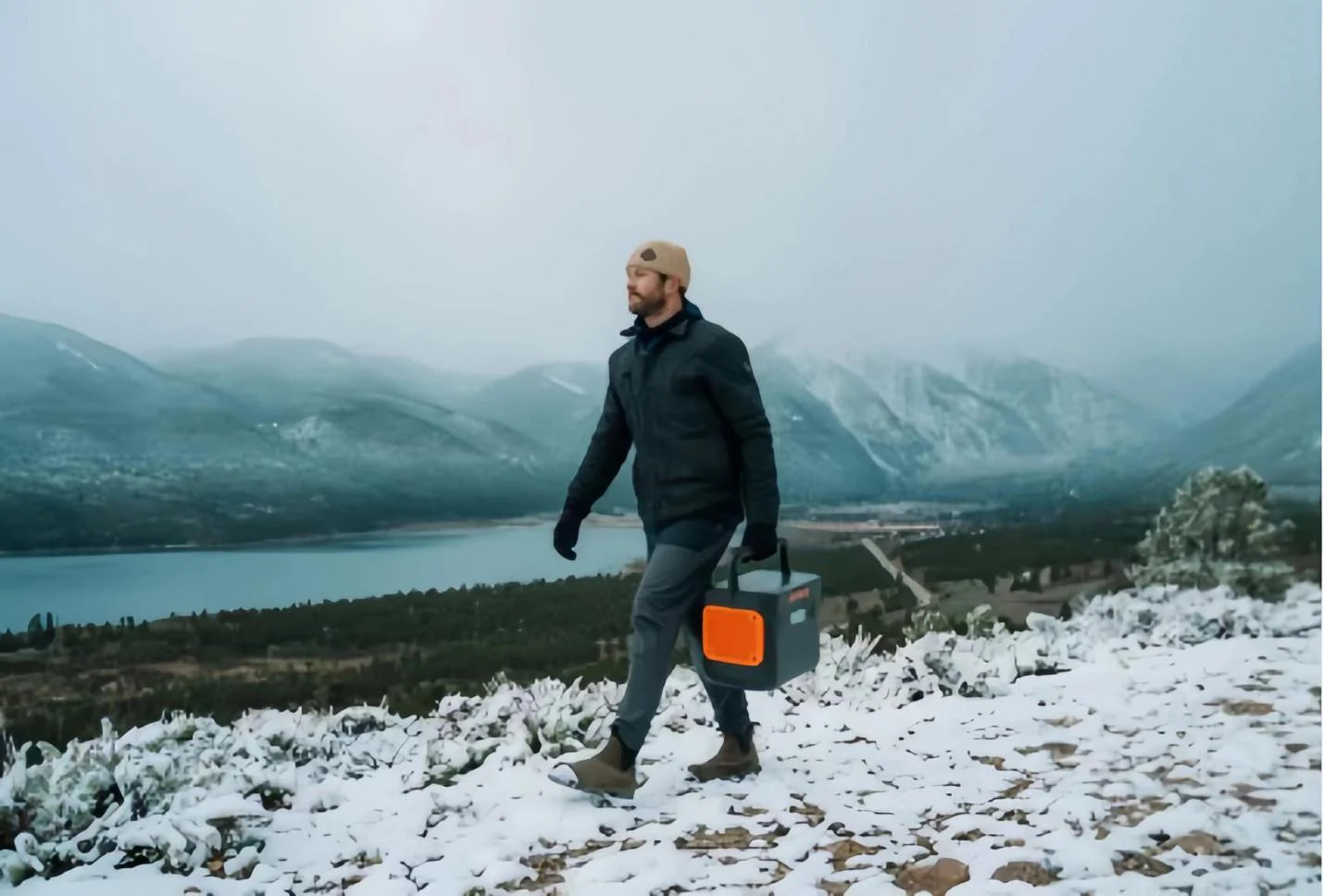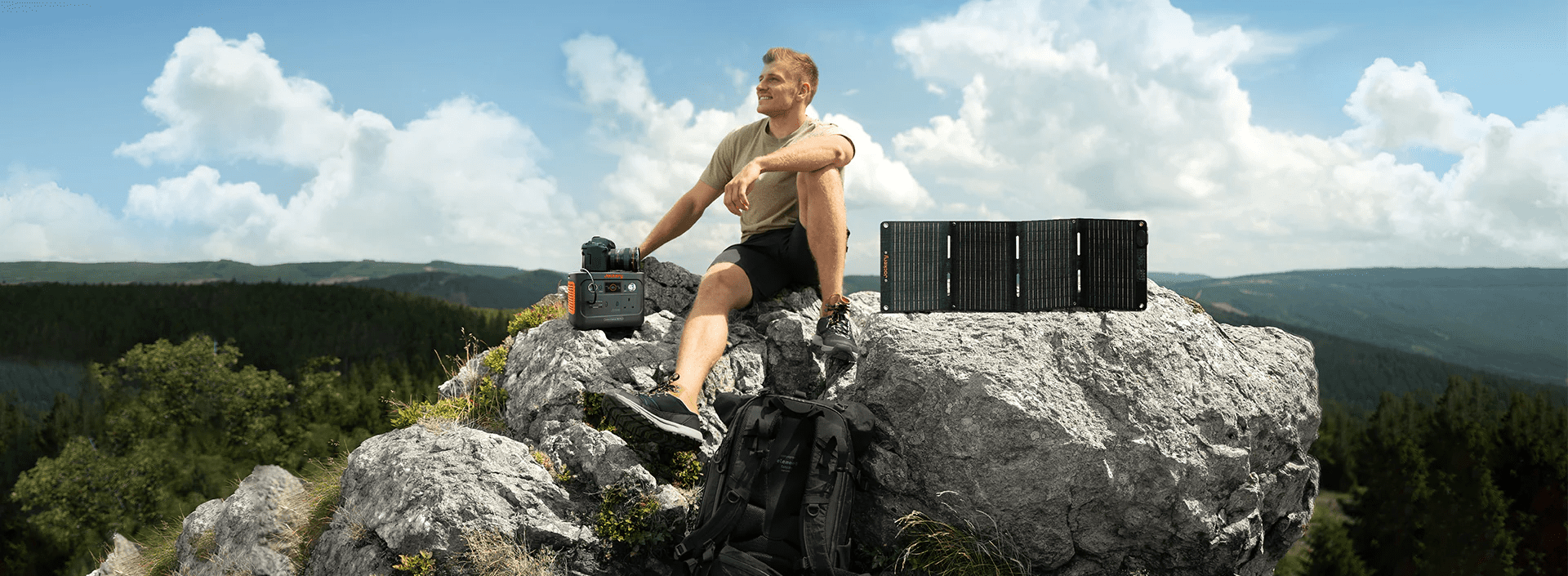Fly fishing is a popular sport that many people enjoy for its tranquillity and challenge. But you must have the right equipment to get the most out of fly fishing. Fly fishing equipment usually includes the right rod, reel, line, and flies.
The following content will discuss the basics of fly fishing equipment, from choosing the right backpack to selecting the best fly fishing rod for your adventure. Each fly fishing equipment plays a vital role in your fly fishing experience.
|
Key Takeaways: |
|
- The right fly fishing equipment can improve your ability to cast accurately and fish efficiently. - The core fly fishing equipment includes a rod, reel, line, lures, and hook. - To ensure quality fly fishing equipment, consider materials, budget, brand, and user experience. - If you want to choose professional fly fishing equipment (such as fishing rods, reels, fly fishing lines, etc.), you can consider Hardy, Vision Kom, Airflo, etc. - No matter your fly fishing equipment, it must be rinsed and wiped dry after each use. - We recommend taking Jackery Explorer 100 Plus and 300 Plus on fly fishing trips to power your electronics and devices, especially for overnight fishing trips. |
Is the Right Fly Fishing Equipment Important?
In general, the quality of your equipment can significantly affect your overall experience in fly fishing. The right fly fishing equipment can improve your ability to cast accurately and naturally catch fish efficiently. The importance of fly fishing equipment can be analyzed from the following aspects:
Adaptation to Different Environments
From the tranquil lakes of the Lake District to the turbulent rivers of Scotland, different fly fishing environments require different equipment for corrosion resistance, buoyancy, etc. For example, saltwater fly fishing requires materials resistant to salt corrosion.
Matching the Target Fish Species
Different fish species (such as trout, salmon, or zander) have very different requirements for fly fishing equipment. For example, fishing for small trout requires a lightweight rod and thin line, while large salmon require a heavy rod to cope with intense struggles.
Casting Accuracy and Control
Inappropriate fly fishing equipment will result in laborious casting, reduced accuracy, and even equipment damage. The essence of fly fishing is accurately casting the fly according to the target fish species and calculating the casting distance.
Durability and Lifespan
Fly fishing equipment that is suitable and made of durable materials usually has a longer service life. For example, high-quality carbon fibre or glass fibre fly fishing rods have both elasticity and strength. Low-end and inferior fly fishing equipment may be damaged or broken under intense loads.
Improve Comfort and Confidence
Fly fishing equipment with a lightweight design (such as carbon rods) can reduce fatigue after long-term fishing and improve continuous fishing ability. Professional fly fishing equipment can also increase anglers' confidence in control, especially in complex conditions (such as casting against the wind).
Download the Fly Fishing Equipment Checklist PDF>>
Fly Fishing Equipment Checklist
Fly fishing is a very technical and artistic sport. Choosing the right fly fishing equipment is crucial to target freshwater trout, salmon, or saltwater species. Below is the ultimate fly fishing equipment list for fly fishing enthusiasts, covering professional-grade equipment and practical accessories for different scenarios and target fish species.

Core Fly Fishing Equipment
Here are some essential and core fly fishing equipment:
Fly Fishing Rod: For any fly fisherman, the ideal fly fishing rod is used to control the speed and reaction strength of fly fishing. Generally, you need to choose the length of the fly fishing rod based on the type of fish you are fishing for. The fly fishing rod is usually not more than 9 feet long for beginners and ordinary fly fishing enthusiasts.
Fly Fishing Reel: A fishing reel provides resistance, helping you have a more relaxed fly fishing experience. Whether fishing for trout, silver carp, or roach, you can choose a centre pin or a drag fishing reel.
Fly Line: Fly lines are mainly classified by weight, taper and coating, each suitable for different fishing environments. For example, floating lines are ideal for most freshwater scenarios, while sinking lines are suitable for deep water or stream bottom fish.
Lures: Lures are artificial baits that imitate the appearance of insects, baitfish, or other prey. They usually come in various styles, such as dry flies, wet flies, nymphs, and streamers, suitable for different fishing situations.
Fish Hooks: Generally speaking, if you use smaller dry flies, you need a size 16-20 fish hook. Use a size 4-10 fish hook if you use wet flies. Long, gently curved fish hooks can imitate some longer and thinner insects.
Dip Nets: Dip nets are almost the only safe way to transport fish from the water to the shore. A net made of rubber or latex has less friction and will not damage the delicate scales of the fish when scooping it up.
Protective Equipment for Fly Fishing
Here are some clothing and equipment to consider wearing when fly fishing:
Waders: It is essential to stay comfortable and dry for a long time when fishing, so waders are a must-have for many fly fishing enthusiasts. If you struggle to choose between chest and hip waders, choose based on the depth of water you are fishing.
Wading Boots: Wading boots can help you provide traction and stability when entering a slippery riverbed. Rubber-soled wading boots, for example, can provide greater friction and prevent you from falling in the water.
Fly Fishing Vest: A fly fishing vest with many pockets and compartments lets you quickly and easily access lures, tools, and other accessories. It can also provide an extra layer of warmth for your body.
Fly Fishing Backpacks: Fly fishing backpacks come in various sizes and have many compartments and pockets to store lures, tackle, and other gear. It can provide you with more storage space and free your hands.
Fly Fishing Hats: When fly fishing outdoors, wear a wide-brim hat to protect your eyes and head from the sun.
Fly Fishing Sunglasses: Sunglasses can reduce the glare on the water to a certain extent, allowing you to see the fish and underwater conditions more clearly. They improve your discipline for successful fly fishing and protect your eyes from UV rays.
Additional Equipment for Fly Fishing
In addition to the necessary fly fishing equipment and protective gear, you may also want to consider bringing the following additional equipment that you may need:
Pliers and Scissors: These small cutting tools can cut lines, remove hooks, etc.
Tweezers: You can use tweezers to remove hooks from fish, especially when practising catch and release.
Fly Fishing Box: You can organize various lures (such as dry flies, wet flies, nymphs, etc.) and terminal fishing tackle in a protective fly fishing box.
Rod Holder: If you don't want to hold the fly fishing rod all the time during fly fishing, you can place it on the rod holder when you want to take a break.
Floatant: It is a gel or powder that can be used to adjust the buoyancy of the fly line.
Thermal Underwear: If you want to experience fly fishing in winter, wear thermal underwear to keep warm.
Sunscreen and Insect Repellent Spray: If you want to experience fly fishing in summer, then bring sunscreen and insect repellent spray to protect against the sun and insects.
First Aid Kit: If you accidentally get scratched by a fish hook, treat it with the bandages, disinfectants, etc. that you carry with you.
Portable Power Station: You will likely use electronic devices to kill time between fly fishing. And a portable power station, like Jackery Portable Power Station, can help you solve the problem of difficulty in obtaining electricity outdoors.

The above ultimate list of fly fishing equipment balances practicality and comprehensiveness, and both beginners and veterans can find the key fly fishing equipment. However, if you have specific needs (such as fishing for a certain type of fish or in a particular environment), you can tailor this ultimate fly fishing equipment list further.
Jackery Portable Power Stations for Fly Fishing
A portable power station enhances fly fishing trips in the UK by providing a reliable off-grid power source for essential devices like smartphones (for navigation and communication), headlamps (for low-light conditions), and action cameras (to capture your angling adventures). Beyond the essentials, it boosts comfort by powering portable fridges for fresh food and drinks, small kettles for a riverside brew, and even air pumps for inflatable craft. For safety, it ensures that devices are charged for emergencies and can power campsite lighting.
While not directly catching fish, a portable power station, like Jackery Portable Power Station adds convenience, comfort, and a layer of preparedness to your UK fly fishing experience, especially on longer or more remote outings.
Jackery Explorer 100 Plus
The Jackery Explorer 100 Plus has a LiFePO4 battery that endures 2,000 cycles while maintaining 80% of its capacity. Weighing only 965 grammes, it offers portable power conveniently within your grasp. Furthermore, it is sufficiently lightweight and small for transport, perfect for fly fishing or other fishing trips.
- Enough Power for Fishing: The Explorer 100 Plus is a portable power station with a 128W AC Pure Sine Wave Inverter and a capacity of 99Wh. It can charge three devices concurrently, featuring a 100W Dual PD Output and one USB-A output. For example, you can charge your phone while powering the electric fish finder, camera, or tablet.
- Various Recharging Methods: MPPT technology guarantees 99% efficiency in solar charging. A complete DC input requires 1.8 hours, whereas solar charging with a single SolarSaga 100W solar panel necessitates 2 hours. Jackery provides comprehensive solutions for all scenarios, including car charging and alternative charging methods.
- Durability & Reliability: The Explorer 100 Plus features a resilient LFP (LiFePO4) battery, enhanced by a proprietary BMS (Battery Management System) that provides additional protection. After 2,000 charge cycles, the battery retains 80% capacity, guaranteeing an outstanding 8-year longevity, even with daily charging.

Review from Our User:
This mini Jackery is fantastic! I've been using it for a couple of months now. Regarding charging, it's swift in ideal conditions and performs well overall; I don't anticipate hitting the 100W max. I briefly reached 93W, but the average is around 35W. It does tend to slow down in colder temperatures, dropping to about 15W.
Jackery Explorer 300 Plus
Compared to the Explorer 100 Plus, the Explorer 300 Plus also has a LiFePO4 battery cell, which can stand more in harsh weather conditions and last longer in a small size. Besides, it is smaller and lighter than Explorer 500, weighing only 3.75 kg, enabling easy portability anywhere you fishing. Learn more features of Explorer 300 Plus:
• Charge 4 Devices at Once: The Explorer 300 Plus is a portable power station featuring a 300W AC Pure Sine Wave Inverter (600W Surge Peak) and 288Wh capacity. It can charge up to four devices concurrently, facilitated by one AC, USB-A, and USB-C output, enabling rapid and effortless charging of several appliances.
• Multiple Recharging Ways: The MPPT technique guarantees 99% efficiency in solar charging. A complete wall charge requires 2 hours, whereas solar charging with a single SolarSaga 200W panel necessitates 4 hours. With car charging capabilities, concerns over power disruptions will be alleviated.
• ChargeShield Protection: Jackery's ChargeShield fast charge technology pioneers the market by employing a stepped variable-speed charging algorithm, thereby improving safety and extending battery pack lifespan by 50%. At a temperature of 45℃, the power station can achieve full charge in around 2 hours.

Review from Our User:
Before giving this product a stellar rating, I need to point out that I acquired it at a competitive price. The product arrived in a beautifully presented box with a high-quality carrying case. I initially purchased the Jackery Explorer 300 for general use but quickly discovered it is underrated. This product exceeds expectations with a maximum rating of 300 watts and a peak of 600 watts.
How to Choose High-Quality Fly Fishing Equipment?
If you want to ensure that you have high-quality fly fishing equipment, then you must choose carefully. You must consider the following key factors to ensure the fly fishing equipment suits the environment and personal needs.

Materials and Craftsmanship
High-end fly fishing equipment usually uses composite materials (such as carbon fibre + titanium alloy combination) or traditional materials (such as high-quality bamboo rods). When choosing a fishing rod, you can pay attention to the material (such as carbon fibre), guide rings (such as ceramic guide rings), interface technology (such as segmented or plug-in), etc. The knot strength and wear resistance of the leader line are crucial. When choosing a fishing reel, you must check the sealing (anti-saltwater corrosion) and the drag system (such as salmon reels requiring strong drag brakes).
Budget
Although budget is not the only determining factor when choosing high-quality fly fishing equipment, it does need to be weighed. The budget for fly fishing equipment should match actual needs rather than simply pursuing high prices.
Rods, reels, and lines are the key to the fly fishing experience, and you can prioritize the budget. Accessories such as fly fishing boxes and waders are parts that can be saved as appropriate for most fly anglers.
Brand and After-Sales Service
Well-known brands usually have mature technology and strict quality control, especially the materials and craftsmanship of core equipment such as rods, reels, and lines, which are more reliable. Top brands also design special equipment for different fishing methods (such as salmon, trout, or saltwater fly fishing) to match the needs accurately.
Some high-end brands even provide lifetime warranties to cover defects in materials or artistry. For example, a broken fly fishing rod section may be replaced free of charge, but artificial damage requires a repair fee.
User Reviews and Trial Evaluations
User reviews and trial evaluations are valuable references for choosing high-quality fly fishing equipment.
Most user reviews can reflect the actual performance of fly fishing equipment, especially details such as durability and feel. You can usually see genuine user reviews on platforms like Amazon, Sportfish or Fishing Reviews UK.
You can also directly see the actual use effect of fly fishing equipment in fishing magazines (Fly Fishing & Fly Tying) or YouTube channels (The Fly Fishing Show UK).
Fly Fishing Equipment Brands Worth Considering
Many local fly fishing equipment brands in the UK are known for their craftsmanship and designs for local waters. Here are some fly fishing equipment brands worth considering, including rods, reels, flies, and accessories.
Fly Fishing Rod Brands
Here are some of the best fly fishing rod brands (and popular series) you can consider:
Hardy (Hardy Zane and Hardy Ultralite): Known for its high-end handmade rods, it suits anglers seeking traditional craftsmanship and durability.
Greys (Greys GR and Streamflex): It is more cost-effective and suitable for beginners or intermediate players.
Bruce & Walker: It specializes in lightweight carbon fibre rods suitable for experienced anglers.
Fly Fishing Reel Brands
Here are some of the best fly fishing reel brands (and popular series) you can consider:
Hardy Perfect: Its classic all-metal fly fishing reels are durable and suitable for fishing trout and salmon.
Vision Koma (Koma series): Its fly fishing reels have modern designs and highly cost-effective features.
Danielsson (Original Series): It is popular among fly fishing enthusiasts for its minimalist design and precise braking system.
Premium Brands of Fly Lines
The following are premium brands (and popular series) of fly lines that you can consider:
Airflo (Super-DRI Elite): The fly lines it launches are usually made of environmentally friendly materials (PVC-free) and have excellent buoyancy.
Scierra (XSD Series): It is cost-effective and very popular in the UK market. It is suitable for fishing trout and rainbow trout.
Premium Brands of Other Fly Fishing Accessories
The following are premium brands of other fly fishing accessories that you can consider:
Patagonia: It mainly sells fly fishing clothing with an environmental concept, including very popular Swiftcurrent waders and River Salt jackets.
Farlows: Its high-quality fishing jackets, tool bags, and other accessories are the best choice for most people.
Snowbee: It focuses on designing and producing waterproof fishing gear bags and wading equipment.
Does Fly Fishing Equipment Require Maintenance?
Fly fishing equipment does require regular maintenance (especially if you've been fly fishing in saltwater) to ensure performance, extend its lifespan, and keep it in top condition while fly fishing. Here are some key maintenance tips:

Maintenance Tip 1: Cleaning the Fly Rod
Rinse your fly rod with clean water and dry it thoroughly after each use (especially after saltwater fishing) to avoid corrosion from salt or sand. You must consider cleaning metal parts such as the reel seat and rod guide.
After drying, you can disassemble the fly rod and apply a thin silicone oil or special rod wax layer to prevent it from sticking.
Maintenance Tip 2: Cleaning and Lubricating the Fly Reel
Clean all areas of the fly fishing reel after use, including the drag knob and reel seat, with a damp rag. If stubborn debris or stains are on the fly fishing reel, use an old toothbrush to remove them. You can also disassemble and clean the bearings and gears regularly, remove sand, and apply special grease after removing them.
Maintenance Tip 3: Cleaning and Caring for the Fly Line
You should clean your fishing line after each fly fishing or 1-2 times a month. You can soak the fishing line in soapy water for 5-10 minutes before wiping it to remove algae and dirt on the fishing line and extend the life of the coating. After cleaning, you also need to apply a care agent to restore the smoothness and durability of the fishing line.
Maintenance Tip 4: Handling and Storing Lures
Proper handling and storage of lures are essential to improving fly fishing success. Please soak the lures in fresh water for a few hours to remove salt and debris. After washing, dry the lures before storing them in a ventilated box to prevent hook rust and feather/hair mould.
Maintenance Tip 5: Maintenance of Other Fly Fishing Accessories
No matter the fly fishing equipment, it must be rinsed and dried after each use. For example, waders must check the seams for leaks after use and apply talcum powder to the neoprene part to prevent sticking. Tools such as pliers and scissors must be rinsed with fresh water, wiped dry, and sprayed with rust inhibitor.
Fly Fishing Equipment FAQs
The following are the frequently asked questions about the fly fishing equipment.
1. What accessories do you need for fly fishing?
The following are the core accessories needed for fly fishing for your reference:
Fly Rod
Fly Reel
Fly Line
Flies
Scissors or line pliers
Hemostat
Floatant
You can also carry accessories such as waterproof backpacks, wading boots, thermometers, etc.
2. What is the best fly rod for beginners?
For beginners, the most suitable fly fishing rod must consider cost, action and durability. According to Intoflyfishing, the following are the 10 best fly fishing rods for beginners:
Redington Classic Trout
Maxcatch Premier
Echo Carbon XL
Moonshine Vesper
TFO NXT
Orvis Clearwater
Snowbee Classic
Headwaters Victory
Moonshine Revival
Redington Strike
3. Is fly fishing in decline?
Fly fishing may face challenges in certain areas or among certain people, so it is trending down. The following are the reasons why fly fishing is gradually declining.
Fly fishing requires advanced skills, equipment, and knowledge of the natural environment, which may discourage some novices. In addition, young people may prefer fast-paced outdoor activities such as paddleboarding and off-road cycling.
However, in recent years, many regions have combined fly fishing with ecotourism (such as trout/salmon fishing in Iceland and New Zealand), making it a high-end tourist project, which has led to the internationalization of fly fishing.
4. How do you ensure you have the best fly fishing equipment?
The key to having the best fly fishing equipment is to carefully select it, properly maintain it, and keep up to date with the latest developments in fly fishing technology.
In addition, before purchasing any fly fishing equipment, please research different brands and read reviews from other anglers.
Final Thoughts
Fly fishing is a fun and fascinating sport combining skill, patience and professional equipment. Whether you are an experienced angler or a novice just starting to explore fly fishing, having the right fly fishing equipment is essential to your success. In this comprehensive guide, we have covered almost everything you need to know about fly fishing equipment. Please refer to the ultimate fly fishing equipment checklist mentioned in the article before you fly fishing to avoid carrying unnecessary items and equipment.

